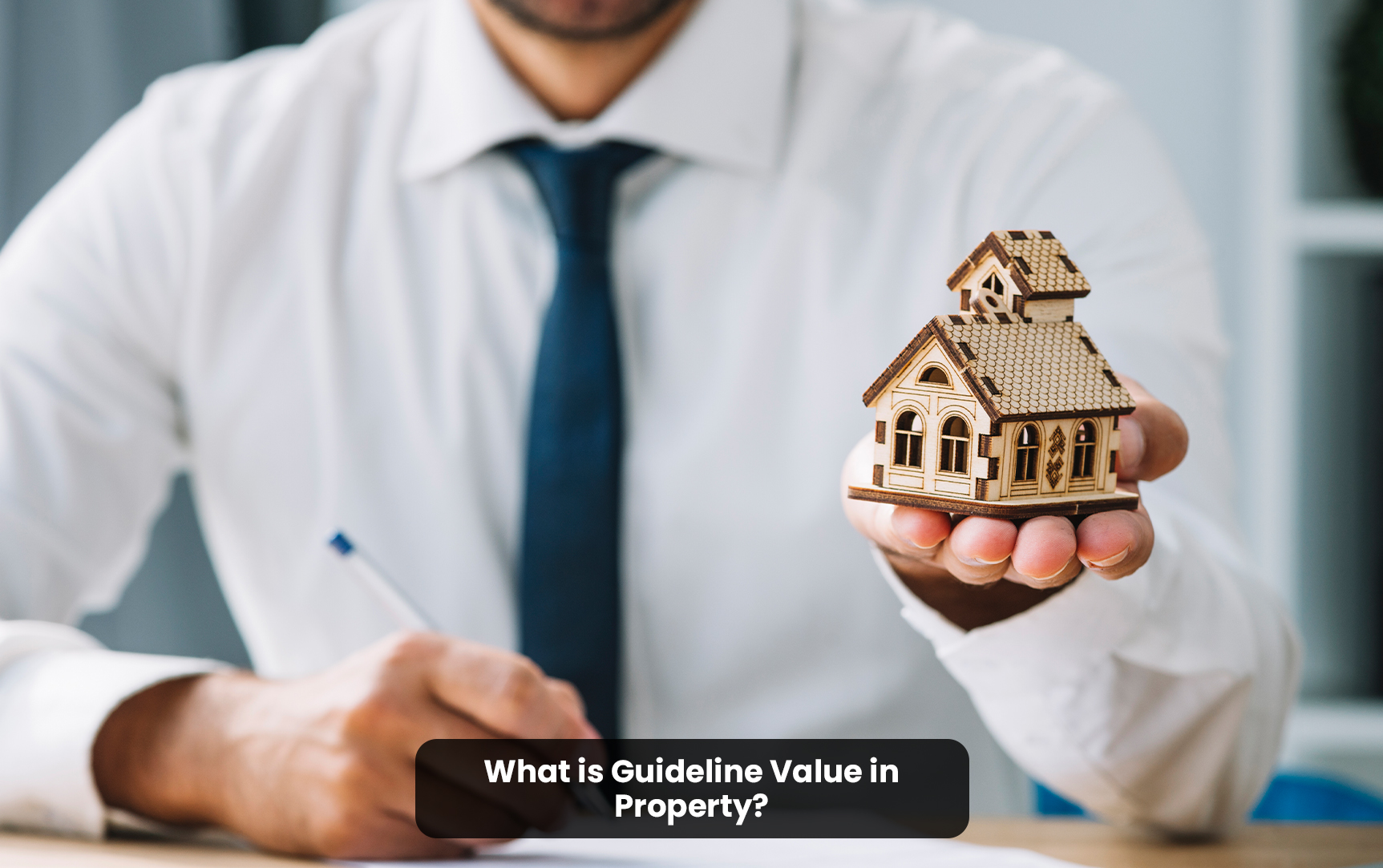
Guideline value, also known as the minimum or market value of a property, serves as the basis for stamp duty and registration charges. Understanding this value is essential for both buyers and sellers to ensure fair and legal transactions.
Steps to calculate the Guidance Value in Bangalore:
Visit the KAVERI website or search for ‘Know Your Property Valuation’.
Select the district, taluka, area name, and village from the drop-down menu.
Choose the property usage category and total area, as well as the measurement unit.
Guideline value is set by the government for tax purposes and is usually lower than the market value, which reflects the true selling price based on current market conditions. Fair market value is used for actual transactions and appraisals, and is often higher than the guideline value.
Full form of SR value is Sub Registrar Guidance Value.
Ashiana, Ashiana Housing build homes. Homes surrounded by vast green spaces and fresh breeze. Homes cocooned in secured gated complexes. Homes where futures are forged and there are opportunities to grow. And Homes in environments brimming with healthy activity, trust and respect. At heart, we build communities with care.
Other posts by Ashiana
Join 1000+ of fellow readers. Get expert real estate knowledge straight to your inbox absolutely free. Just enter your email address below.